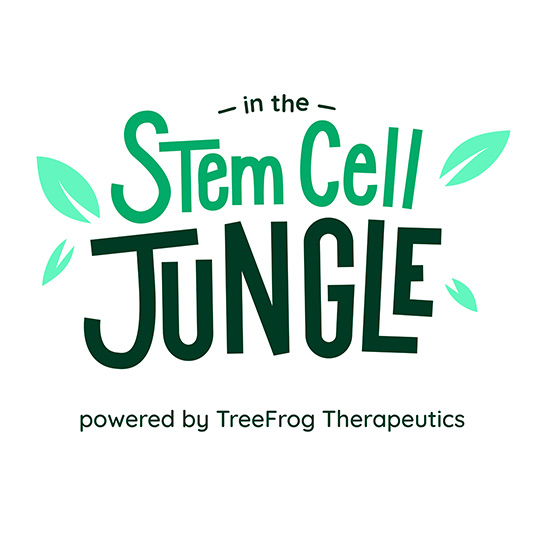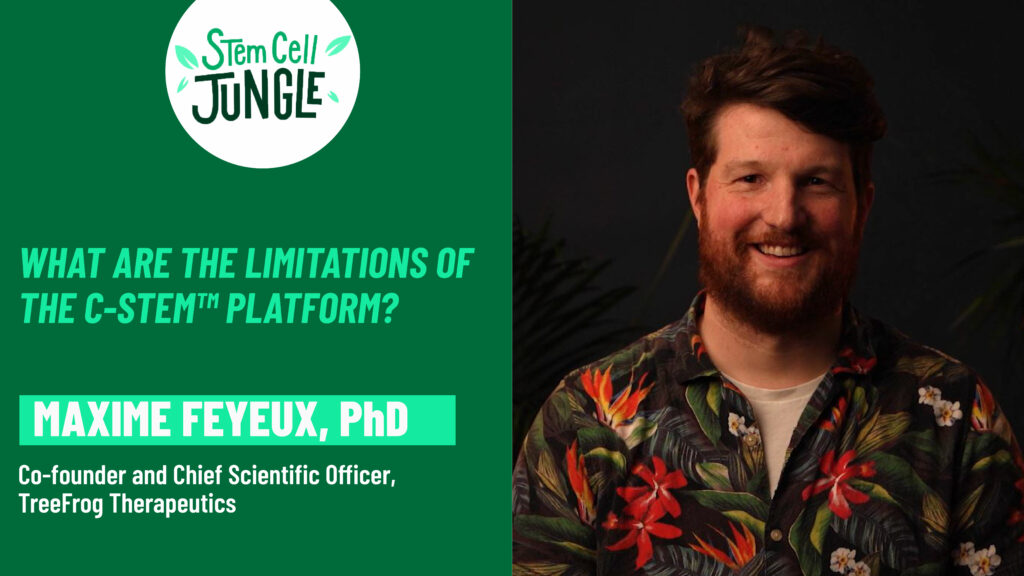Following a recent peer-reviewed publication describing the use of C-Stem™ for massive stem cell expansion, Maxime Feyeux, PhD, co-founder and Chief Scientific Officer of TreeFrog Therapeutics, highlights the bottlenecks that have been solved since the initial submission of the paper, together with future developments.
Transcript:
One of the feedback that we have from that work is that there must be a catch. It’s too good to be true. What are the limitations?
Indeed there are limitations to the technology and we had to address them because we are moving to clinics with a cell therapy product for Parkinson’s disease in 2025. And so basically having a technology that makes a good paper is interesting but that’s moot in the context of cell therapy. So we had to deal with Matrigel for example. Matrigel… you cannot go into clinics with it. So we did away with Matrigel and we defined a matrix that gives the same benefits in C-Stem™, and that allows us to generate a product that can go into clinics. We did that at the end of last year. And the other thing that is really important is you need to have a machine that is compatible with cGMP in order to produce your product. And we’ve also done that. So these two big blocks are behind us so to speak. But there is still something that we want to address in terms of limitations. First is “garbage in, garbage out”. Whatever the benefit of the technology, if you don’t have a seed train giving the best possible outcome, you get what you have to begin with at the end. So basically right now we’re working with 2D as a seed train. It’s okay for the product that we have right now. But we know that if we want to address a bigger products in terms of number of cells per patients, we’re gonna have to work with that. So we work with that. So there is the question of the seed train, but there is also the question of bigger scales for indications that require a lot more cells than what you need for cell therapy product for Parkinson’s disease. And for these products, 10 liter is not going to cut it. So we are right now working on the second generation, that is going to be able to fill a 50 liter [bioreactor]. And we are laying the base of what is needed to go to the 500 liter scale.


